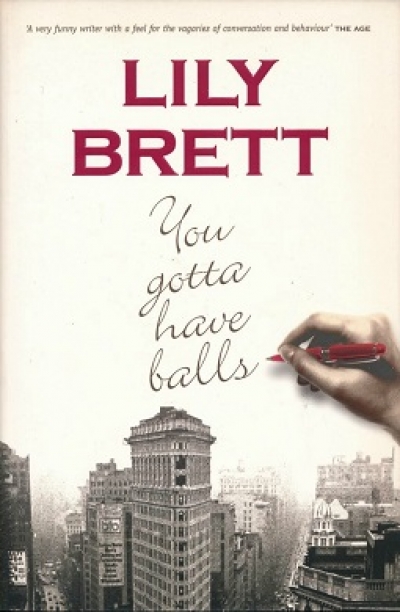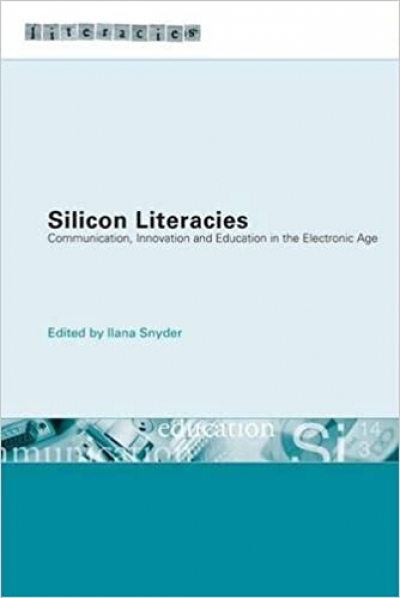Ilana Snyder
Sign up to From the Archive and receive a new review to your inbox every Monday. Always free to read.
Recent:
The Literacy Wars: Why teaching children to read and write is a battleground in Australia by Ilana Snyder by Ilana Snyder
by Juliette Hughes •
Which School?: Beyond public vs private by Joana Mendelssohn
by Ilana Snyder •
Dumbing Down: Outcomes-based and politically correct – the impact of the culture wars on our schools by Kevin Donnelly
by Ilana Snyder •
Undemocratic Schooling: Equity and quality in mass secondary education in Australia by Richard Teese and John Polesel
by Ilana Snyder •










